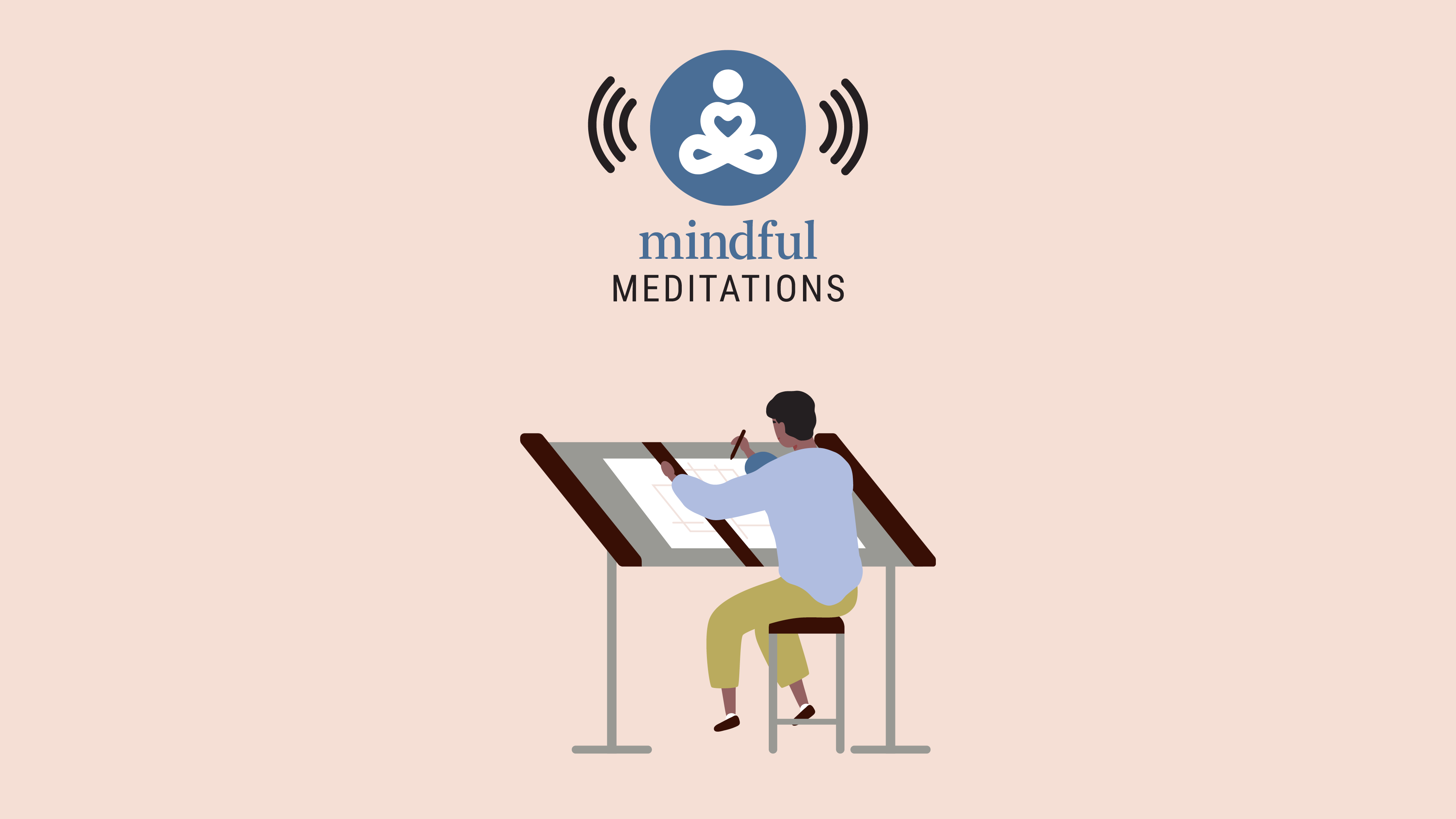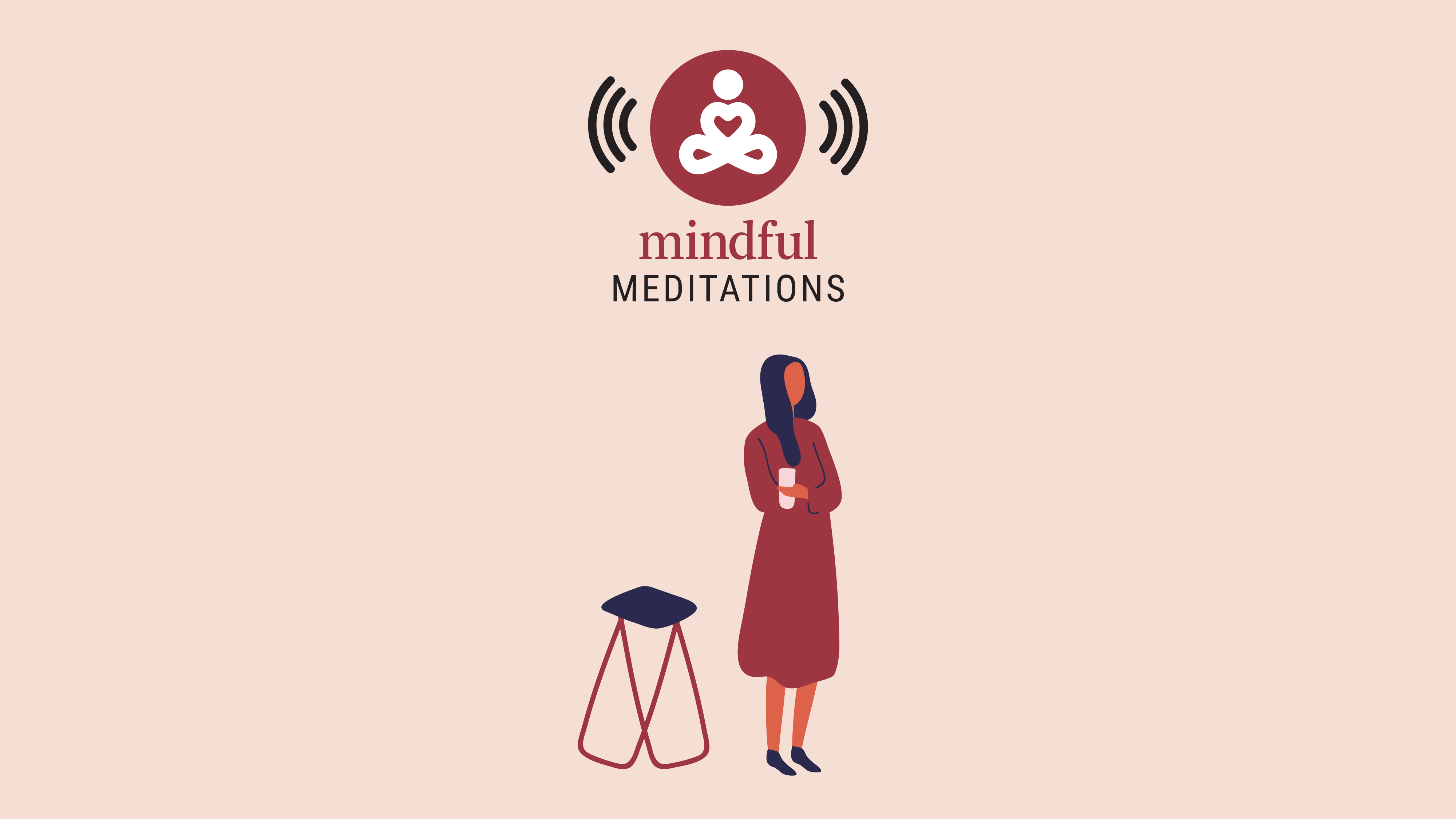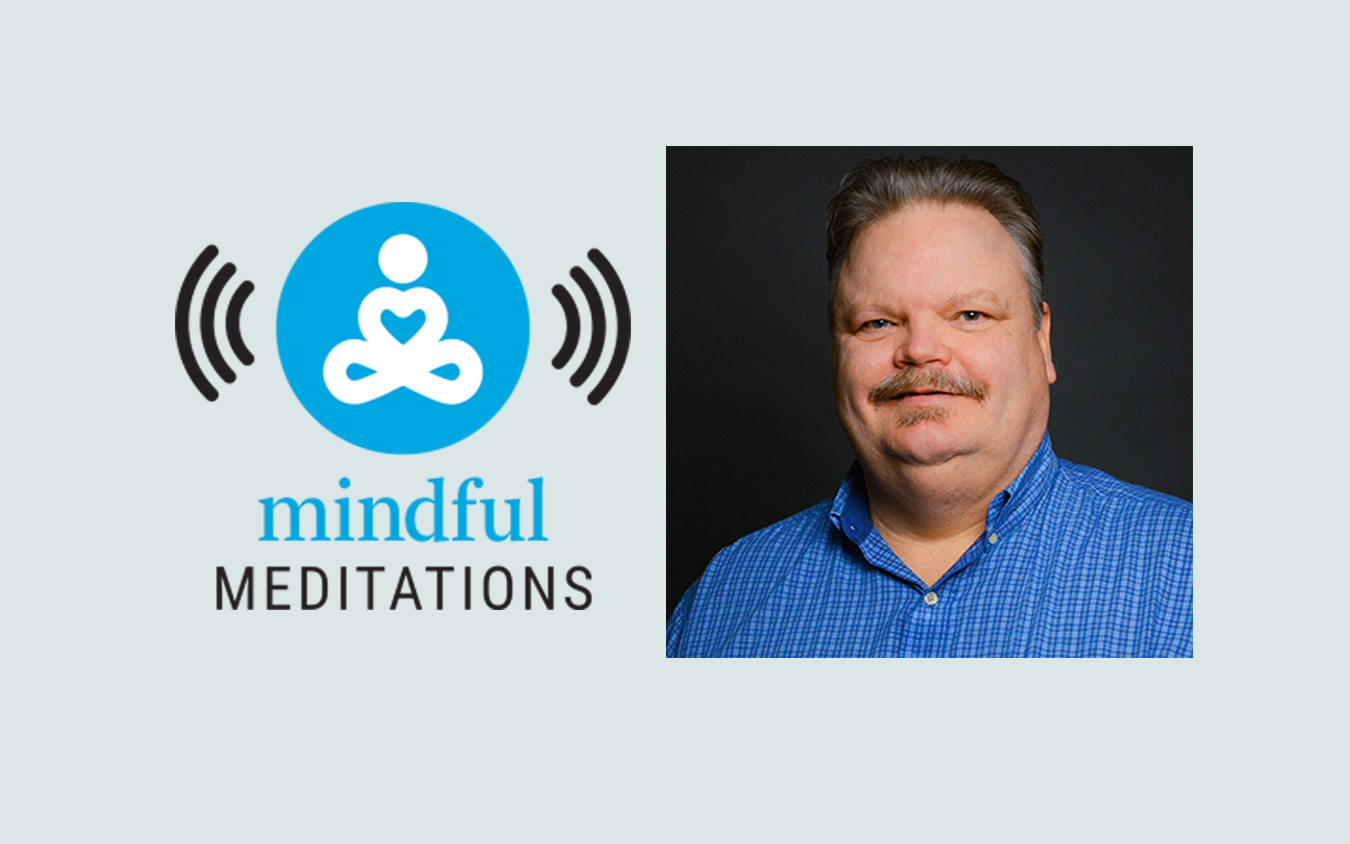Last class, I shared a relatively unfiltered experience of the 3-minute breathing space practice. This class we’re going to take a closer look at the scaffolding of the practice itself. What are we actually doing with our minds during these three minutes?
Essentially, we’re inviting our attention to move. And we’re moving it in a couple of different ways. The first movement is towards a very open and spacious attention. Consider the quality of this as being very receptive. We’re not selecting any particular mental content during this time. Instead, we’re opening up, noticing whatever thoughts, feelings and sensations exist; and instead of engaging with them, we watch them. We stay here for about a minute, with our minds and with our attention.
The second stage of this practice asks us to let go of that receptive and open mode we were in, and shift to a quality of attention that’s a little narrower and more focused. The way we do that is by primarily focusing our attention at the belly and at the breath. So our attention is now trained on a singular place, and our job is to be really curious about the sensations and the changes and the ways in which we can feel things in this, what I like to call, focal-localized way.
The third and final stage of the 3-minute breathing space practice then asks us to once again move to a wider and more open attentive field. So here, again, we aim to be receptive to whatever shows up as we enlarge our attention—not just on a particular area of the body, such as the belly, but trying to expand our focus to the whole body, from the crown of the head to the soles of the feet. In this time, we feel the whole body sitting, the whole-body breathing. And then from there we move our attention to take in as well the air around our body and the points of contact we have with the chair we’re sitting on or the cushion. We might even expand our attention into the spaciousness of the room we’re sitting in.
So, what we’re doing with this practice is moving through these three different attentional foci, in fairly quick succession. But why? I believe it invites the mind to get better at reconfiguring itself from one mode to another. For example, when we’re involved in some sort of automatic multitasking activity, taking a break from that by doing this practice can help move us out of that auto-multitask mode, essentially reminding us that there are other ways to pay attention. It can provide a very interesting and curious contrast. It could be said that the 3-minute breathing space practice can help limber up our minds.
So let’s try the practice again together.
The Art of Attention
Watch the video:
The Art of Attention
Read the practice:
- Let’s attend to the body as our starting point. If you’re comfortable with closing your eyes, do so. Now feel your body settling into a comfortable and supported sitting position, and just notice the sensations of sitting.
- Now let’s move to the mind. Perhaps ask yourself, What is my experience right now? What thoughts are present? What feelings are here? What bodily sensations are making themselves known? As best you can, allow the elements you encounter to be here. There’s no need to alter or change them in any way. Simply watch them; observe them from one moment to the next.
- Now let’s shift our attention to the breath at the belly. Feel the sensations of breathing in this part of the body. Feel the rising of the belly on the in-breath. Feel the falling of the belly on the out-breath. See if you can be with these sensations moment by moment and breath by breath.
- Now let’s expand our attention around our breath, around the belly. Allow attention to radiate outwards, into the whole body. Feel the whole body sitting and feel the whole body breathing. Feel from the crown of your head to the soles of your feet. If you wish, start to expand further outwards—perhaps to feel the clothing on your body or the air caressing you. Then, if it feels comfortable, expand attention further into the room, into the space in which you are sitting. Hold all of this as best you can in a wider and more open awareness.
- And when you’re ready, gently allow your eyes to open.
When you’re practicing, and if you find it helpful, refer to the description I’ve offered above about the movement of attention that we’re doing in this practice. As you shift from an opening of your attention to a narrowing and then to opening again, ask yourself whether you were able to feel the differences between these attentional foci.
We sometimes suggest to people to hold in mind the image of an hourglass. It can be useful shorthand for this 3-minute practice as we move from a very receptive state to a more narrow, focused attention and then broadening our attention out again. Try it and see if that’s helpful to you as you practice.
Explore Session #3
Breathing in Response to Stress
A 3-minute meditation to help you find calm and focus when you’re stressed.
Read More
More Mini-Mindfulness Courses
Introduction to Mindfulness Meditation with Barry Boyce
In this 2-part series, Barry Boyce will explore how to cultivate your attention with simple mindfulness practices.
Read More



